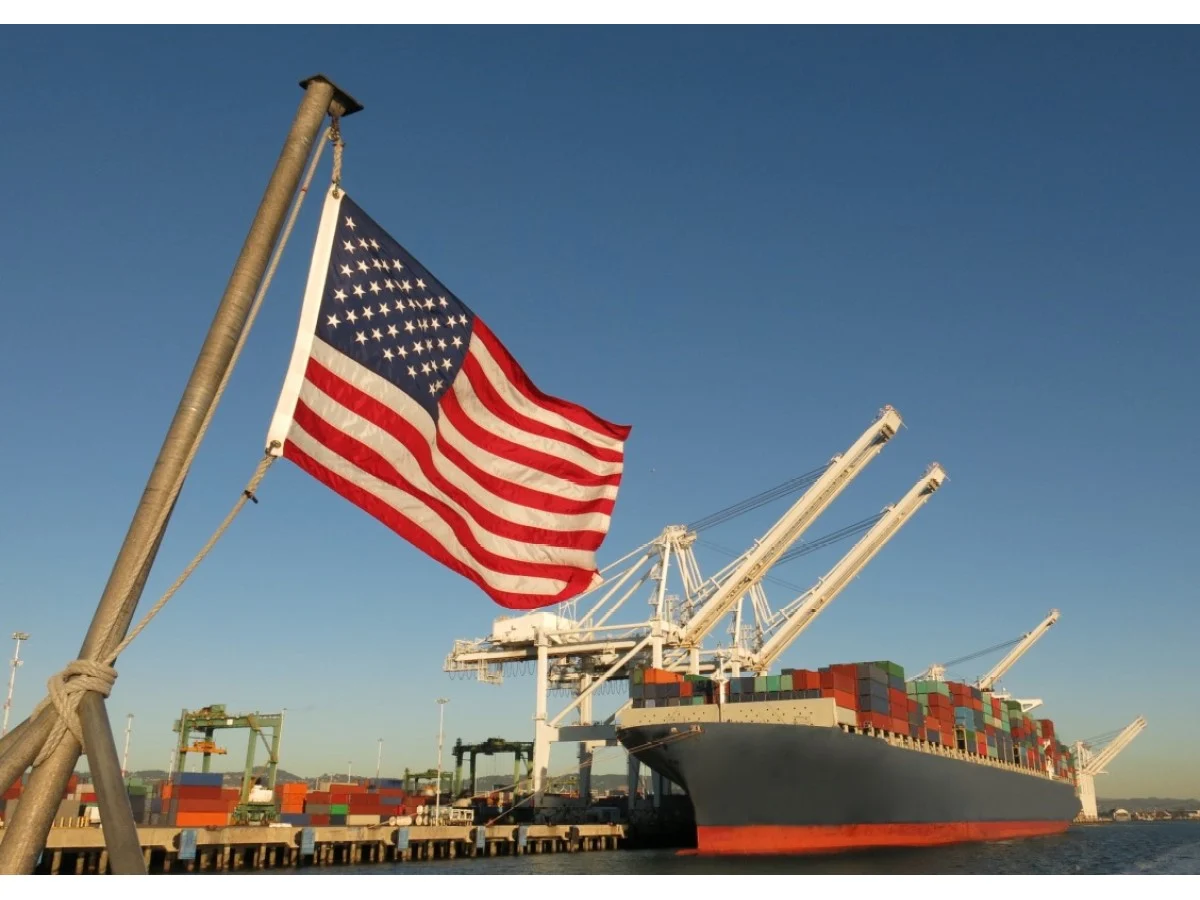Publisher: Maaal International Media Company
License: 465734
Blue Economy to contribute SAR 22 billion to Saudi Arabia’s GDP by 2030
The Kingdom continues its efforts to protect marine ecosystems and ensure the security of the marine economy (the Blue Economy), which is expected to contribute approximately SAR 22 billion and provide approximately 100,000 job opportunities by 2030.
In light of this ambitious approach, environmental challenges emerge, most notably the threat of invasive marine species that are introduced to new environments via shipping or aquaculture activities. This poses increasing pressure on coastal ecosystems and could lead to economic losses estimated at tens of billions of dollars globally annually.
To address this environmental challenge, King Abdullah University of Science and Technology (KAUST), in cooperation with the National Center for Wildlife Development, has embarked on a scientific project to monitor these species and analyze their risks. The project aims to build a knowledge database that will contribute to fortifying Saudi Arabia’s coasts and enhancing the sustainability of its environmental and economic resources, according to a report published by the Saudi Press Agency (SPA).
اقرأ المزيد
Dr. Mohammed Qurban, CEO of the National Center for Wildlife Development, emphasized that invasive marine species pose an environmental threat. and growing economic growth, indicating that protecting marine ecosystems has become an urgent necessity, especially in light of the expansion of vital sectors such as coastal tourism, aquaculture, and marine-related infrastructure.
He pointed out that the research partnership with KAUST supports the Kingdom’s capabilities to address these threats by developing scientific assessment tools, risk models, and early warning systems that contribute to anticipating environmental challenges and enhancing marine biosecurity.
As part of this collaboration, researchers are conducting environmental surveys at 34 sites along the coasts of the Red Sea and the Arabian Gulf, resulting in the collection of more than 10,000 marine samples. These surveys identified approximately 200 potentially invasive species, including more than 70 non-native species that have already been observed in Saudi waters. This reflects the diversity of marine threats and the need to address them with advanced scientific methods.
The research team is led by Dr. Susana Carvalho, who explained that the project represents a comprehensive knowledge map of biodiversity in coastal environments, recording each organism according to its time and location, enabling the development of monitoring and surveillance programs. Minutes, it paves the way for the establishment of effective early warning systems and rapid response when detecting any environmental changes resulting from invasive species.
As part of the national cadre development program, a number of National Center for Wildlife Development employees participated in a specialized workshop organized by KAUST last May. The workshop addressed invasive species risk assessment protocols and their impact on the environment, public health, and marine industries. The workshop also included training on advanced technologies such as environmental DNA (eDNA) analysis, a modern tool for early and accurate detection of these species.
Abdul Nasser Qutb, Director of the Marine Environment Conservation Department at the Center, explained that the project is based on a dual scientific approach that combines field research and advanced biotechnology, enhancing the Kingdom’s ability to address emerging environmental challenges.
He pointed out that invasive marine species pose a real threat to biodiversity, fisheries, and coastal infrastructure, which calls for the development of effective national mechanisms for rapid response and the building of trained personnel equipped with the necessary tools to address these threats.
This cooperation embodies an integrated model between research institutions and national environmental agencies. To enhance scientific knowledge of the Kingdom’s marine environment, develop sustainable policies that contribute to protecting biodiversity, and ensure continued growth in the blue economy sectors.








